Home>Furniture & Design>Outdoor Furniture>How To Point An Outdoor Antenna
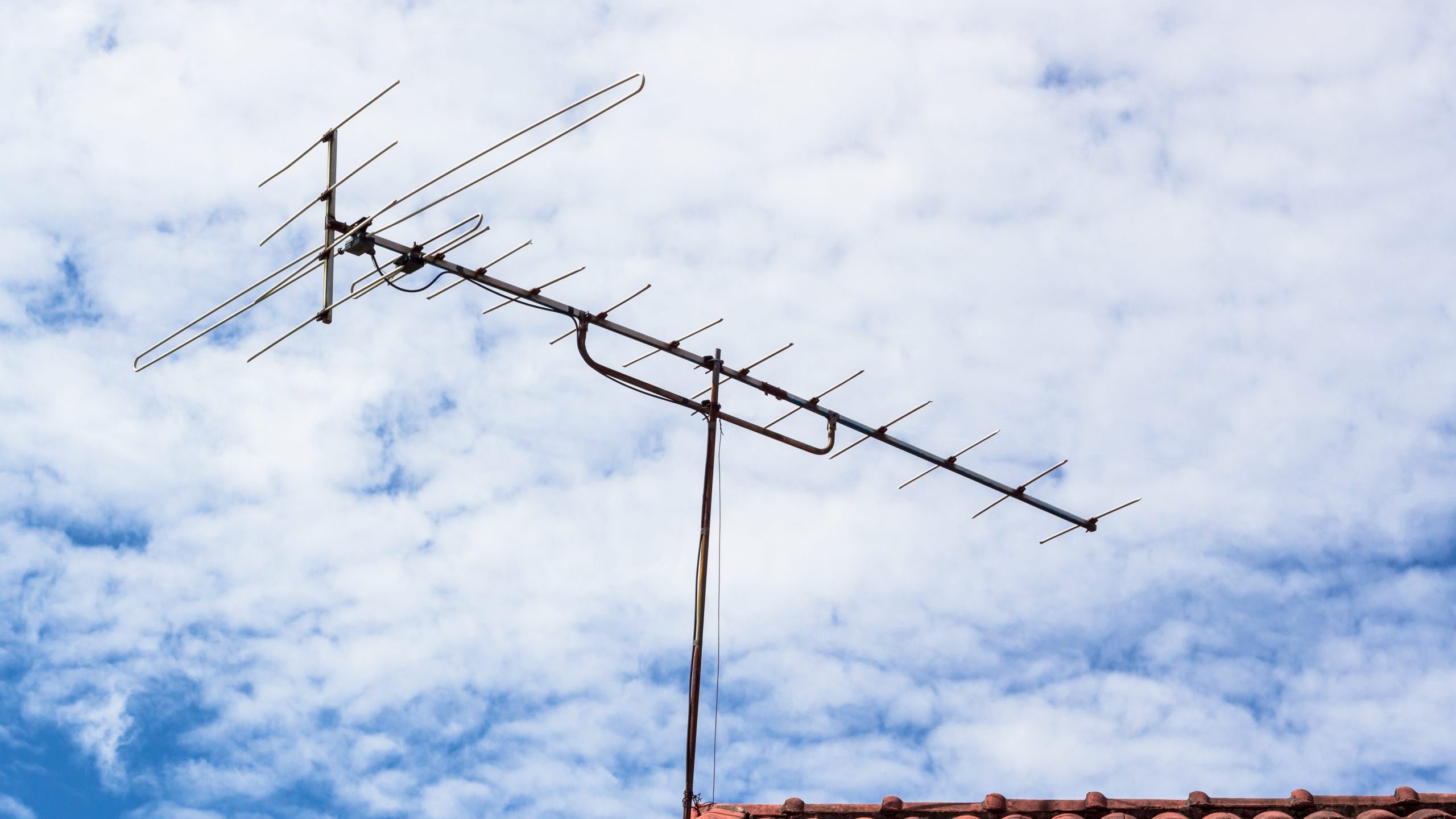

Outdoor Furniture
How To Point An Outdoor Antenna
Modified: January 24, 2024
Learn how to properly point an outdoor antenna for optimal reception. Get expert tips and advice on outdoor furniture, furniture, and design.
(Many of the links in this article redirect to a specific reviewed product. Your purchase of these products through affiliate links helps to generate commission for Storables.com, at no extra cost. Learn more)
Introduction
Welcome to the world of outdoor antennas, where the quest for crystal-clear reception and an abundance of channels leads to the rooftop. Whether you're a cord-cutter seeking access to local over-the-air channels or a passionate radio enthusiast, understanding how to point an outdoor antenna is crucial for optimizing signal strength and quality.
In the digital age, outdoor antennas remain a popular choice for capturing broadcast signals, providing access to high-definition television and a diverse array of radio stations. With the right outdoor antenna and proper positioning, you can unlock a treasure trove of entertainment and information, all delivered with exceptional clarity.
As we embark on this journey, we'll delve into the nuances of outdoor antennas, explore the selection process, uncover the optimal positioning for signal acquisition, and master the art of pointing the antenna for maximum effectiveness. By the end of this guide, you'll possess the knowledge and confidence to elevate your antenna game and embrace a world of captivating broadcasts right from the comfort of your outdoor space. So, let's set our sights on understanding the ins and outs of outdoor antennas and how to harness their full potential.
Key Takeaways:
- Understanding the different types and components of outdoor antennas helps you choose the right one for your location, ensuring clear and reliable signal reception for your TV and radio.
- By carefully selecting, positioning, and pointing your outdoor antenna, you can unlock a world of entertainment and information with exceptional clarity, enhancing your viewing and listening experiences.
Read more: How To Build An Outdoor Antenna
Understanding Outdoor Antennas
Outdoor antennas serve as the bridge between the electromagnetic signals transmitted by television and radio stations and the electronic devices in our homes. They are designed to capture these signals and convert them into audio and visual content for our enjoyment. Understanding the key components and types of outdoor antennas is essential for making informed decisions when it comes to selecting, positioning, and pointing these devices.
When it comes to outdoor antennas, there are two primary types: directional and omnidirectional. Directional antennas, as the name suggests, are designed to receive signals from a specific direction. They excel at capturing signals from distant stations and rejecting interference from other directions. On the other hand, omnidirectional antennas can capture signals from 360 degrees around them, making them ideal for locations where signals come from various directions or when stations are nearby.
Another crucial aspect of outdoor antennas is their construction. Elements such as the antenna length, the number of elements, and the presence of reflectors and directors all play a role in determining the antenna’s performance. Understanding these factors can help you choose an antenna that aligns with your specific reception needs and the geographical layout of your location.
Furthermore, the frequency bands that outdoor antennas are designed to receive are essential considerations. VHF (Very High Frequency) and UHF (Ultra High Frequency) are the two primary frequency bands used for television and radio broadcasts. While some antennas are optimized for both bands, others are tailored to excel in capturing signals within a specific frequency range.
By gaining a deeper understanding of the various types, construction elements, and frequency bands associated with outdoor antennas, you can make informed decisions when it comes to selecting the right antenna for your location and signal reception needs. With this knowledge as our foundation, we can now explore the process of selecting the optimal outdoor antenna for your setup.
Selecting the Right Outdoor Antenna
Choosing the right outdoor antenna is a pivotal step in ensuring optimal signal reception and a satisfying viewing or listening experience. Several factors come into play when making this decision, and understanding them can guide you toward selecting an antenna that aligns with your specific needs and location.
First and foremost, consider the distance between your location and the broadcast towers. If you reside in a rural area or a location far from the nearest stations, a high-gain directional antenna may be the best choice. These antennas are designed to capture signals from distant sources and are adept at rejecting interference, making them ideal for long-range reception.
Conversely, if you live in an urban or suburban area where broadcast towers are relatively close and signals arrive from multiple directions, an omnidirectional antenna may be more suitable. These antennas can capture signals from all directions, making them well-suited for locations with diverse signal sources.
Another crucial consideration is the frequency bands used by the stations you intend to receive. Ensure that the outdoor antenna you select is compatible with the frequency bands of the channels or stations you wish to access. Some antennas are optimized for both VHF and UHF bands, offering versatility in capturing signals across a wide spectrum of frequencies.
Additionally, assess the terrain and potential sources of interference in your location. If there are physical obstructions such as hills, buildings, or dense foliage between your location and the broadcast towers, a high-gain antenna with excellent directional capabilities may be necessary to overcome these obstacles and capture clear signals.
It’s also essential to consider the installation environment and the aesthetic preferences of your outdoor space. Some antennas are designed for discreet installation, while others may be more conspicuous but offer superior performance. Balancing functionality with visual appeal can guide your decision-making process.
By carefully evaluating factors such as distance to broadcast towers, signal directions, frequency bands, terrain, and installation considerations, you can narrow down the options and select an outdoor antenna that is tailored to deliver exceptional reception and aligns with the unique characteristics of your location. With the right antenna in hand, we can now turn our attention to the critical task of finding the optimal location for antenna placement.
Finding the Optimal Location
Identifying the optimal location for installing your outdoor antenna is a crucial step in maximizing signal reception and minimizing potential interference. The ideal placement can significantly impact the antenna’s performance, ensuring that you capture clear and reliable signals from your desired stations. Here are key considerations to guide you in finding the optimal location for your outdoor antenna:
- Line of Sight: Aim to position the antenna in a location with an unobstructed line of sight to the broadcast towers. This direct line of sight minimizes signal interference caused by physical obstructions such as buildings, trees, and terrain features. If possible, elevate the antenna to enhance its line of sight and signal capture capabilities.
- Signal Direction: Determine the directions from which the signals of your desired stations originate. For directional antennas, align the antenna to face the primary signal source. If you’re using an omnidirectional antenna, consider a central location that provides balanced signal reception from multiple directions.
- Interference Mitigation: Assess potential sources of interference, such as nearby power lines, electronic devices, or reflective surfaces. Position the antenna away from these sources to minimize signal degradation and ensure a clear reception.
- Mounting Stability: Select a sturdy mounting location that can support the weight and wind load of the antenna. A secure mounting ensures the antenna remains stable in various weather conditions, contributing to consistent signal reception and long-term durability.
- Cable Routing: Consider the pathway for routing the coaxial cable from the antenna to your television or radio. Choose a location that allows for efficient and safe cable routing, minimizing signal loss and potential cable damage.
- Local Regulations: Familiarize yourself with local zoning regulations and homeowners’ association guidelines regarding outdoor antenna installation. Ensure compliance with any relevant regulations to avoid potential issues and ensure a smooth installation process.
By carefully evaluating these factors and conducting a thorough assessment of your outdoor space, you can pinpoint the optimal location for installing your antenna. This strategic placement sets the stage for maximizing signal reception and laying the groundwork for the next crucial step: mounting the antenna with precision and stability.
When pointing an outdoor antenna, use a compass to find the direction of the broadcast tower. Point the antenna in that direction for the best reception.
Mounting the Antenna
Mounting an outdoor antenna with precision and stability is essential for ensuring optimal signal reception and long-term performance. Whether you’re installing a rooftop antenna for television reception or a high-gain directional antenna for capturing distant radio signals, the mounting process plays a pivotal role in the antenna’s effectiveness. Here’s a step-by-step guide to mounting your outdoor antenna:
- Assess Mounting Options: Evaluate potential mounting locations, such as rooftops, poles, or specialized antenna mounts. Consider factors such as line of sight, stability, and accessibility when choosing the optimal mounting site.
- Secure the Mounting Bracket: If using a rooftop or wall mount, securely attach the mounting bracket to a stable surface using appropriate hardware. Ensure the bracket is level and capable of supporting the antenna’s weight and wind load.
- Assemble the Antenna: Follow the manufacturer’s instructions to assemble the outdoor antenna, ensuring that all elements, including reflectors, directors, and connection points, are properly aligned and secured.
- Attach the Antenna to the Mount: Carefully affix the antenna to the mounting bracket, ensuring a secure and level installation. Use the provided hardware and follow the manufacturer’s guidelines for proper attachment.
- Grounding the Antenna: If required by local regulations or best practices, establish a proper grounding connection for the antenna to mitigate the risk of electrical surges and enhance safety.
- Route the Coaxial Cable: From the antenna to the desired entry point into your home, route the coaxial cable using appropriate cable clips or fasteners. Minimize cable bends and ensure a secure pathway to prevent signal loss or damage.
- Weatherproof Connections: Protect outdoor cable connections with weatherproofing materials to shield them from moisture and environmental elements, preserving signal integrity and prolonging the lifespan of the installation.
- Secure Cable Entry: Seal the entry point where the coaxial cable enters your home to prevent water infiltration and maintain a secure connection between the outdoor antenna and your indoor equipment.
By meticulously following these steps and adhering to the manufacturer’s guidelines, you can mount your outdoor antenna with precision and confidence, setting the stage for the critical task of pointing the antenna to optimize signal reception. With the antenna securely in place, we can now shift our focus to the art of pointing the antenna for maximum effectiveness.
Read more: How To Make An Outdoor Antenna
Pointing the Antenna
Pointing an outdoor antenna is a strategic process that involves aligning the device to capture signals from the desired broadcast towers with precision. Whether you’re aiming to receive television broadcasts or radio signals, the art of pointing the antenna is instrumental in optimizing signal strength and clarity. Here’s a comprehensive guide to effectively pointing your outdoor antenna:
- Consult Signal Maps: Use online signal mapping tools or mobile apps to identify the locations of broadcast towers relative to your address. These resources provide valuable insights into the directions from which signals emanate, guiding the antenna pointing process.
- Adjust Antenna Direction: For directional antennas, orient the device to face the primary signal source indicated by the signal maps. Utilize a compass or smartphone with a compass app to align the antenna with the correct azimuth bearing, ensuring an accurate directional setup.
- Fine-Tune Elevation: Determine the optimal vertical angle for the antenna based on the elevation of the broadcast towers. This angle, often provided by signal mapping tools, helps fine-tune the antenna’s elevation to capture signals with maximum efficiency.
- Utilize Signal Strength Meters: If available, enlist the assistance of a signal strength meter or a television set to monitor signal strength while adjusting the antenna’s direction and elevation. This real-time feedback aids in achieving the best possible signal reception.
- Consider Signal Quality: While aiming for strong signal strength, prioritize signal quality to ensure a clear and stable reception. Fine adjustments to the antenna’s direction and elevation may be necessary to achieve an optimal balance between signal strength and quality.
- Secure the Adjustments: Once the ideal pointing direction and elevation are determined, secure the antenna’s position to maintain the alignment. Tighten any adjustment mechanisms or fasteners to prevent unintended shifts in the antenna’s orientation.
- Recheck Signal Reception: After securing the antenna’s position, perform a final check of the signal reception on your television or radio. Confirm that the desired channels or stations are coming in clearly and consistently.
By methodically following these steps and leveraging available tools and resources, you can effectively point your outdoor antenna to capture signals with precision and optimize your viewing or listening experience. With the antenna finely tuned to receive signals from the desired directions, we can now proceed to the crucial task of testing the signal to confirm the success of the pointing process.
Testing the Signal
After pointing your outdoor antenna with precision and care, the next crucial step is to test the signal reception to confirm the effectiveness of the antenna’s positioning. Testing the signal allows you to assess the quality and strength of the captured broadcasts, ensuring a satisfying viewing or listening experience. Here’s a comprehensive guide to testing the signal from your outdoor antenna:
- Tune to Desired Channels: Use your television or radio to tune into the channels or stations you intend to receive with the outdoor antenna. Select a diverse range of channels to gauge the antenna’s performance across different frequencies and signal strengths.
- Assess Signal Quality: Evaluate the clarity and stability of the received channels. Look for visual artifacts on television broadcasts or listen for audio disturbances on radio stations. Assess the overall quality of the reception to determine if adjustments to the antenna’s position are necessary.
- Monitor Signal Strength: If your television or radio provides signal strength indicators, monitor the strength of the received signals. Note any fluctuations or inconsistencies in signal strength as you switch between channels or stations, identifying potential areas for improvement in the antenna setup.
- Compare Signal Performance: Compare the signal performance of the outdoor antenna with that of indoor or alternative reception methods. Assess whether the outdoor antenna provides superior signal quality and a broader range of channels, validating the effectiveness of its installation and pointing.
- Seek Feedback: Engage with other users in your local area or online communities to gather feedback on signal reception with similar outdoor antennas. Compare your signal reception experiences and seek advice on fine-tuning the antenna setup for optimal performance.
- Document Signal Strength and Quality: Record the signal strength and quality of the received channels or stations, noting any areas of improvement or exceptional performance. This documentation serves as a reference for future adjustments or troubleshooting efforts.
- Revisit Pointing and Positioning: If signal testing reveals areas for improvement, revisit the pointing and positioning of the outdoor antenna. Fine-tune its direction and elevation based on the observed signal performance, aiming to achieve an optimal balance between signal strength and quality.
By systematically conducting these signal testing procedures and leveraging available feedback and resources, you can gain valuable insights into the performance of your outdoor antenna. Assessing signal quality, monitoring strength, and comparing reception experiences enable you to fine-tune the antenna setup for an exceptional viewing or listening experience. With the signal successfully tested and validated, we can now conclude our journey through the world of outdoor antennas with a sense of accomplishment and satisfaction.
Conclusion
Congratulations on completing the journey through the intricacies of outdoor antennas, from understanding their fundamental aspects to mastering the art of pointing and optimizing their performance. As we conclude this guide, it’s essential to reflect on the key takeaways and the transformative potential of outdoor antennas in enhancing your viewing and listening experiences.
By delving into the world of outdoor antennas, you’ve gained a profound understanding of their role as signal capture devices, bridging the gap between broadcast towers and your home entertainment systems. You’ve explored the nuances of directional and omnidirectional antennas, unraveling their distinct capabilities and applications based on location and signal reception needs.
Furthermore, the process of selecting the right outdoor antenna has empowered you to make informed decisions, considering factors such as distance to broadcast towers, signal directions, frequency bands, terrain, and installation environment. This strategic selection ensures that your outdoor antenna aligns with the unique characteristics of your location, laying the foundation for exceptional signal reception.
Embarking on the quest to find the optimal location for antenna placement has equipped you with the insights to identify unobstructed line of sight, minimize interference, and secure stable mounting, all contributing to maximizing signal capture and quality. The meticulous process of mounting the antenna with precision, stability, and compliance with safety practices has set the stage for the pivotal task of pointing the antenna with precision and care.
Mastering the art of pointing the antenna involved leveraging signal maps, adjusting direction and elevation, and fine-tuning signal reception to achieve an optimal balance between strength and quality. Testing the signal provided the opportunity to assess the effectiveness of the antenna setup, validate reception quality, and seek opportunities for improvement, ensuring a satisfying viewing or listening experience.
As you venture forward with your outdoor antenna setup, remember that ongoing adjustments and refinements may be necessary to adapt to changing environmental conditions and signal dynamics. Stay attuned to technological advancements and community insights, embracing the ever-evolving landscape of outdoor antenna optimization.
With your newfound expertise in outdoor antennas, may your viewing and listening experiences be enriched by the captivating broadcasts captured with clarity and precision. Embrace the world of outdoor antennas as a gateway to a diverse array of entertainment and information, all delivered with exceptional quality and reliability.
Thank you for embarking on this enlightening journey, and may your outdoor antenna setup continue to elevate your connection to the captivating world of broadcast media.
Frequently Asked Questions about How To Point An Outdoor Antenna
Was this page helpful?
At Storables.com, we guarantee accurate and reliable information. Our content, validated by Expert Board Contributors, is crafted following stringent Editorial Policies. We're committed to providing you with well-researched, expert-backed insights for all your informational needs.
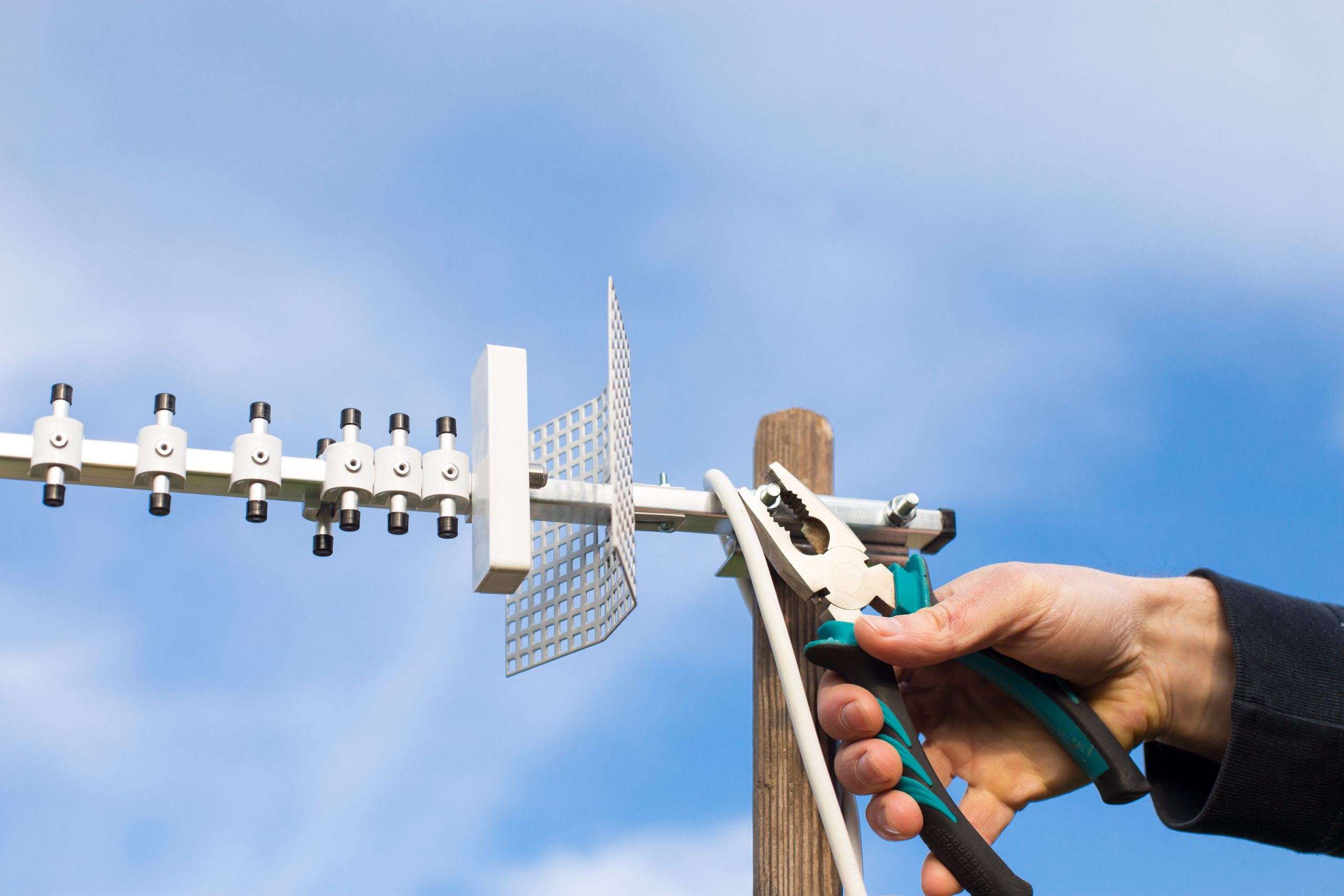

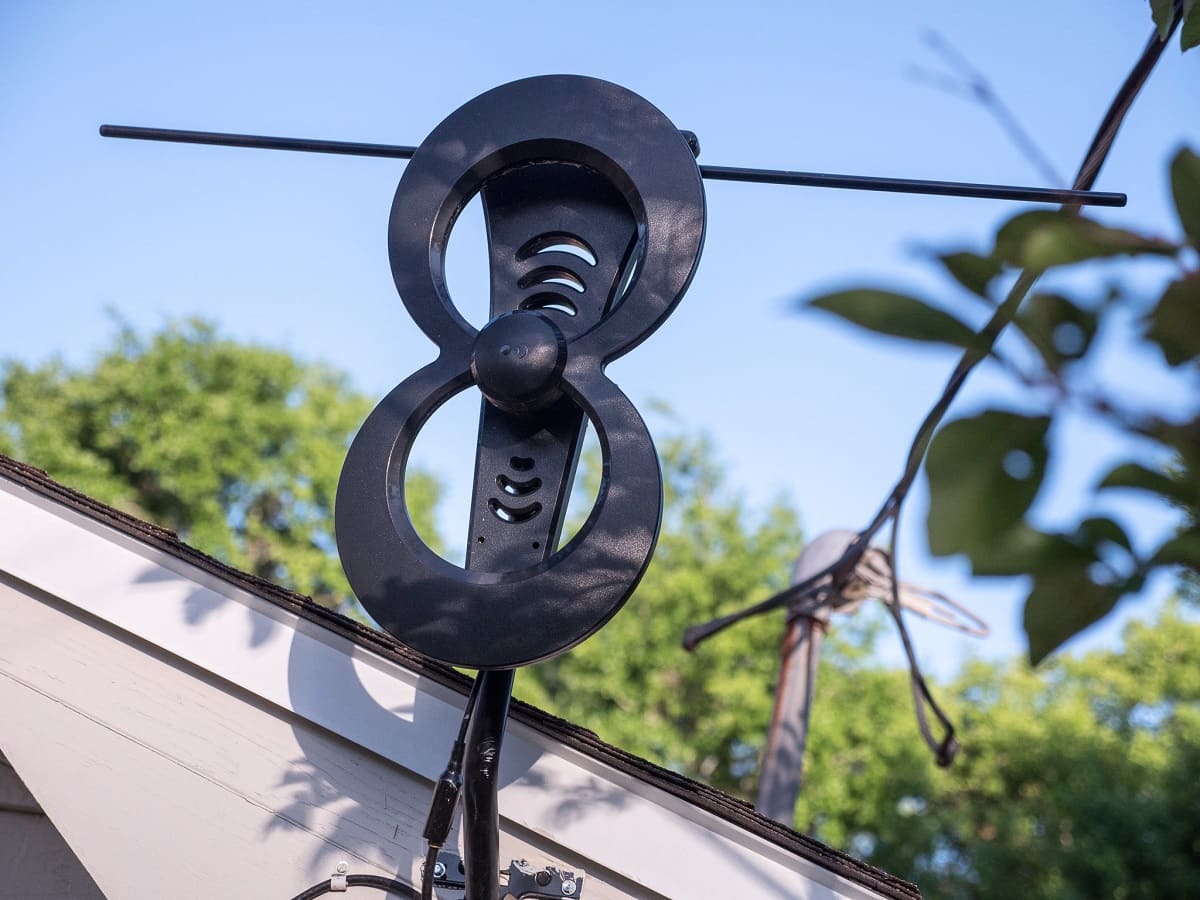
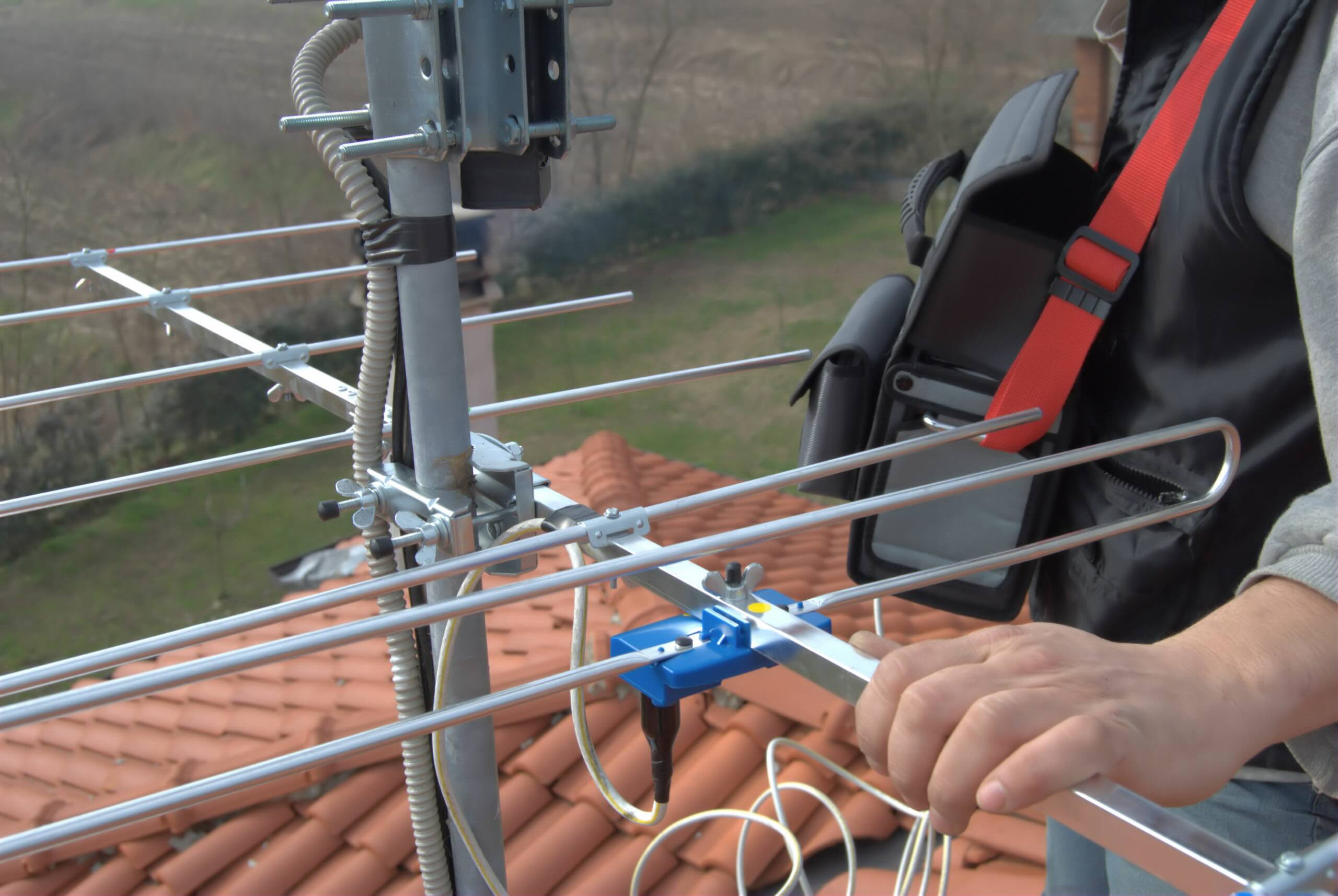
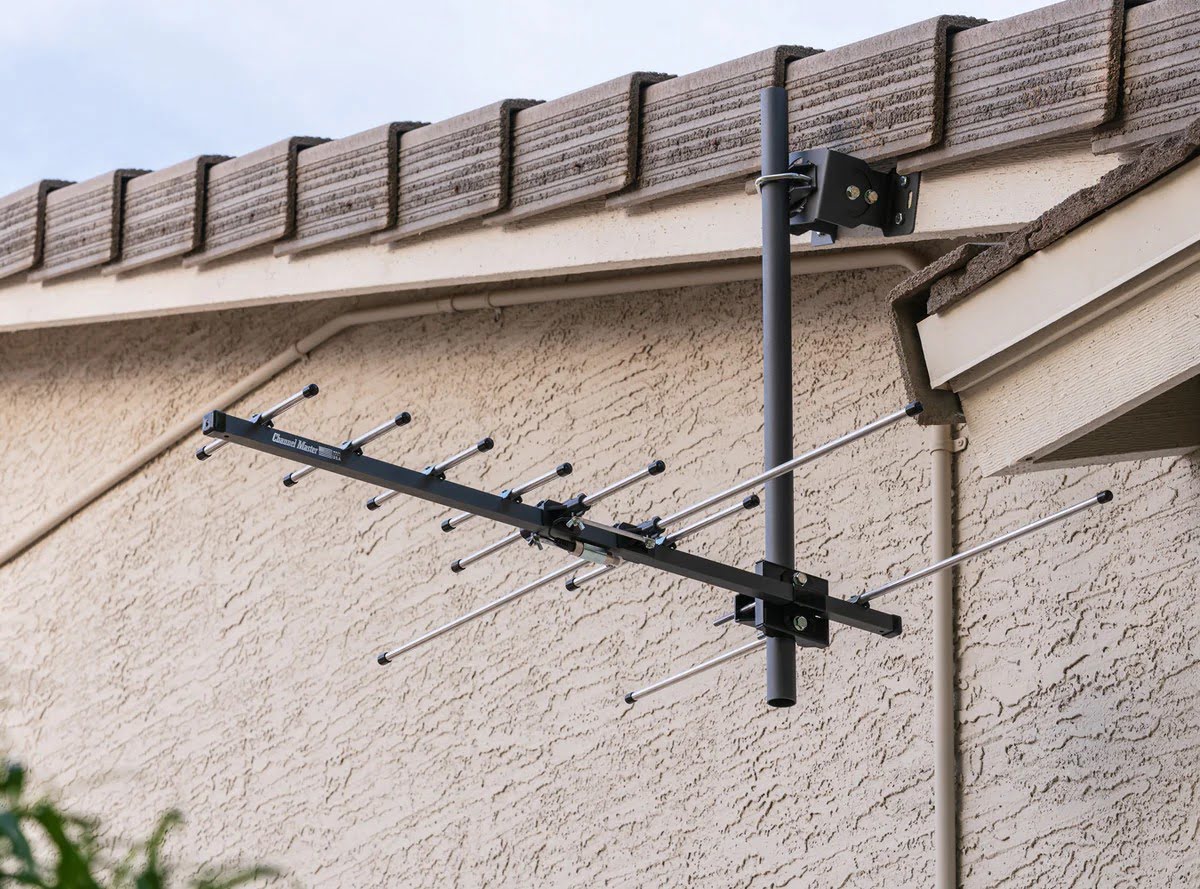
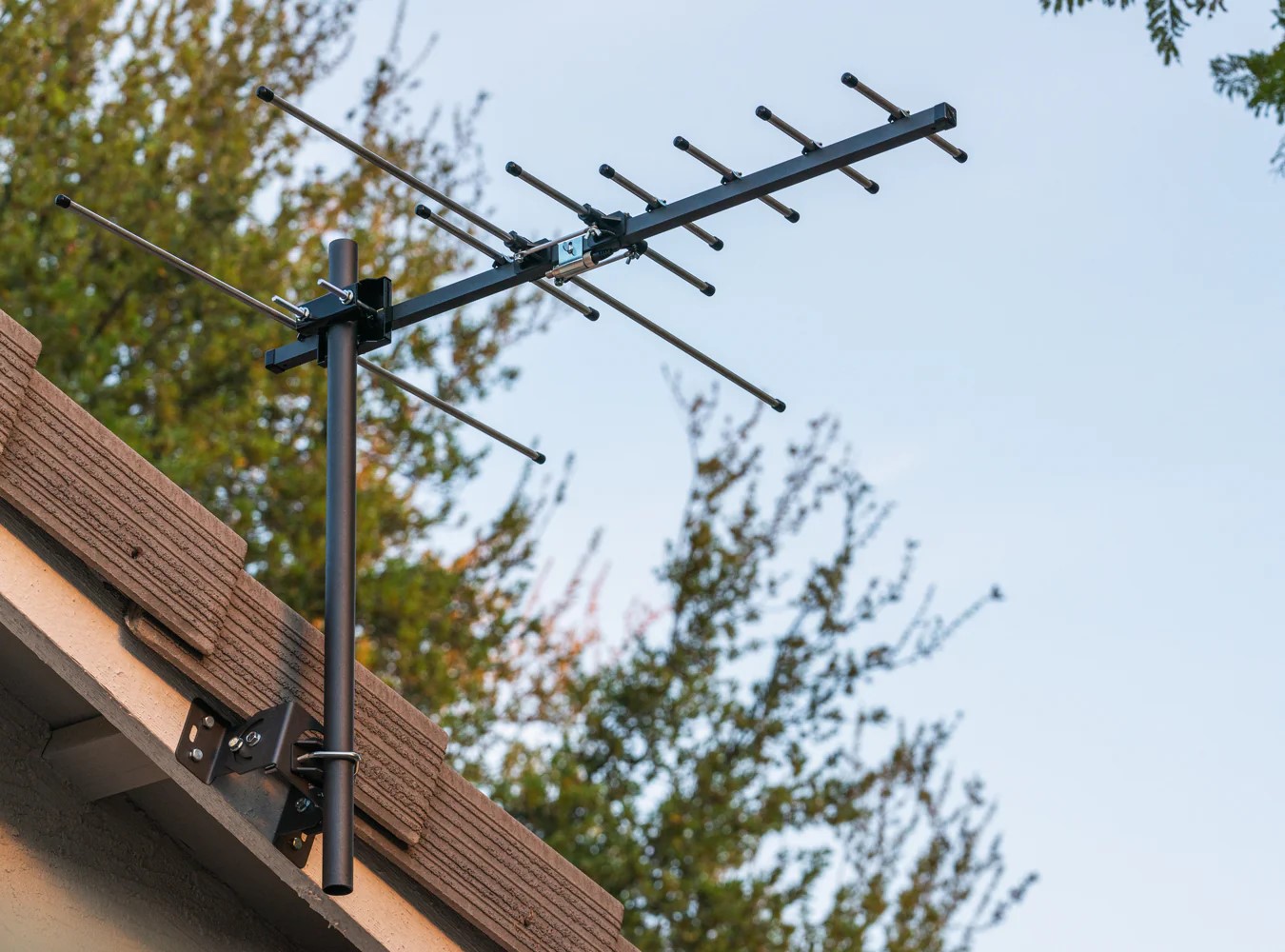
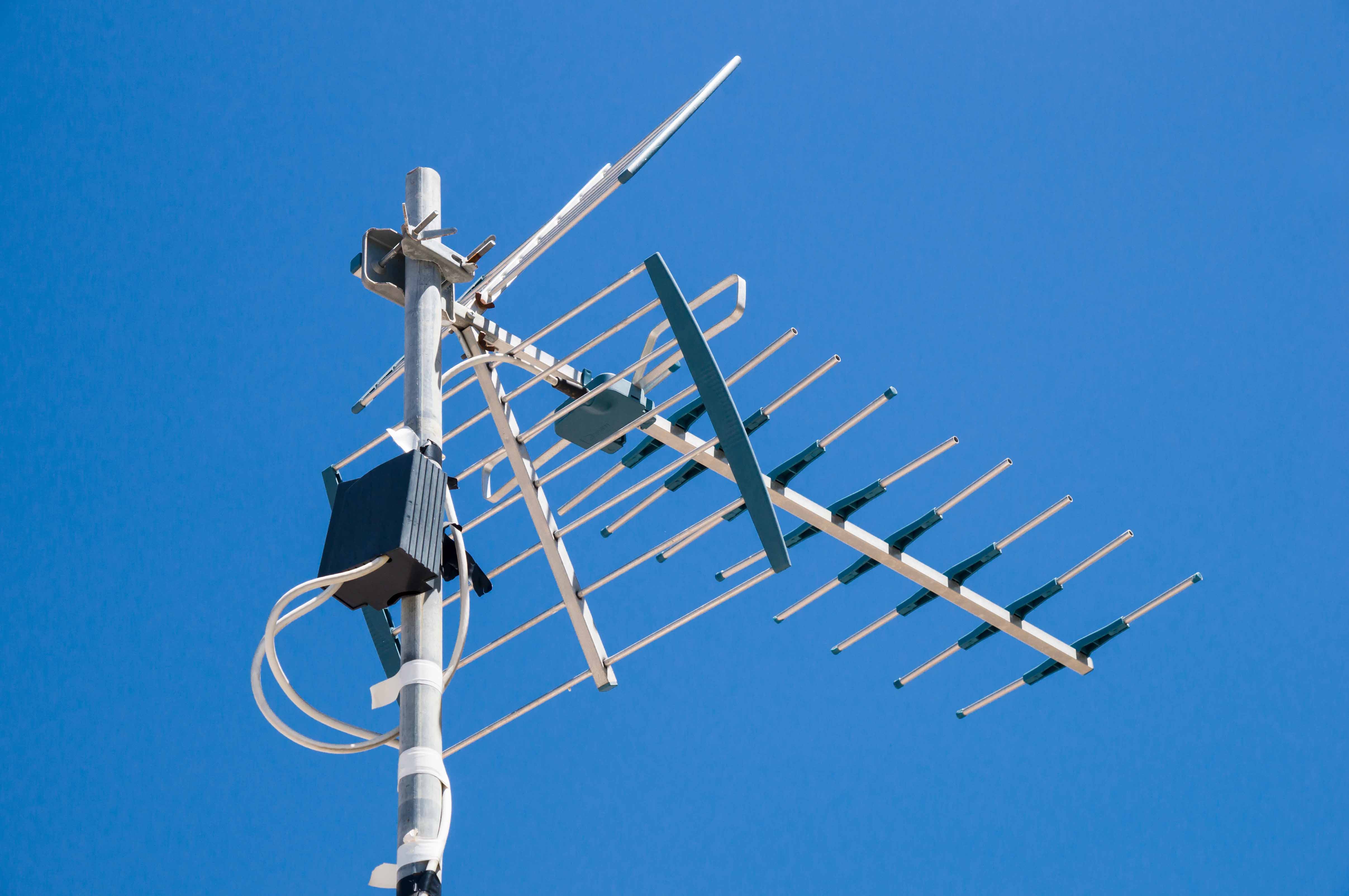
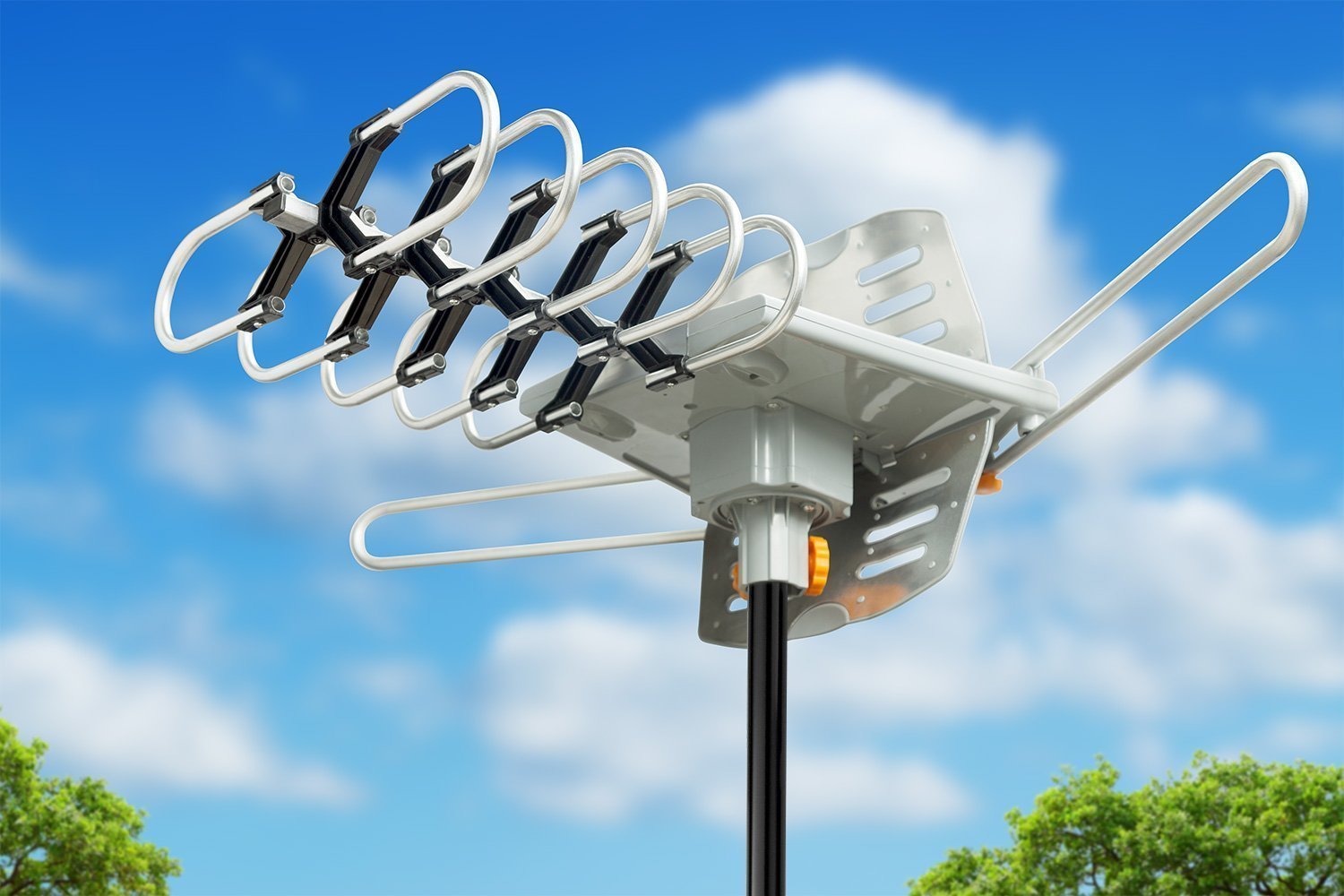
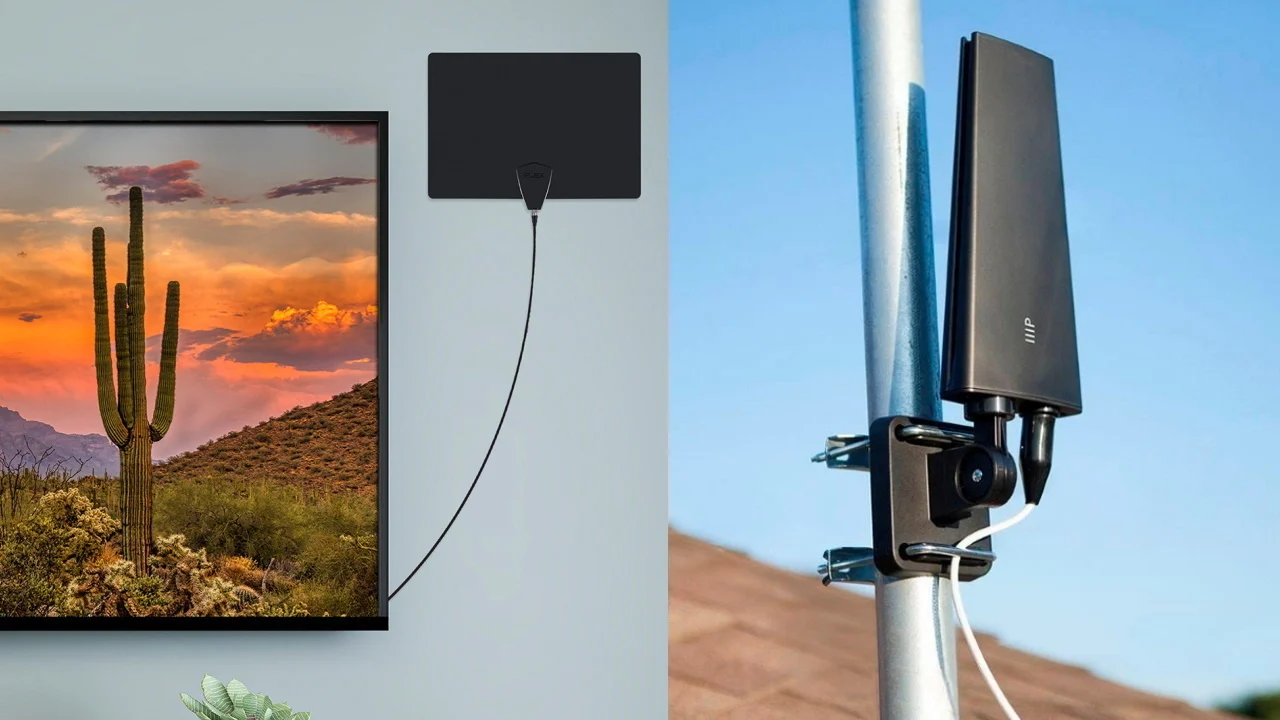
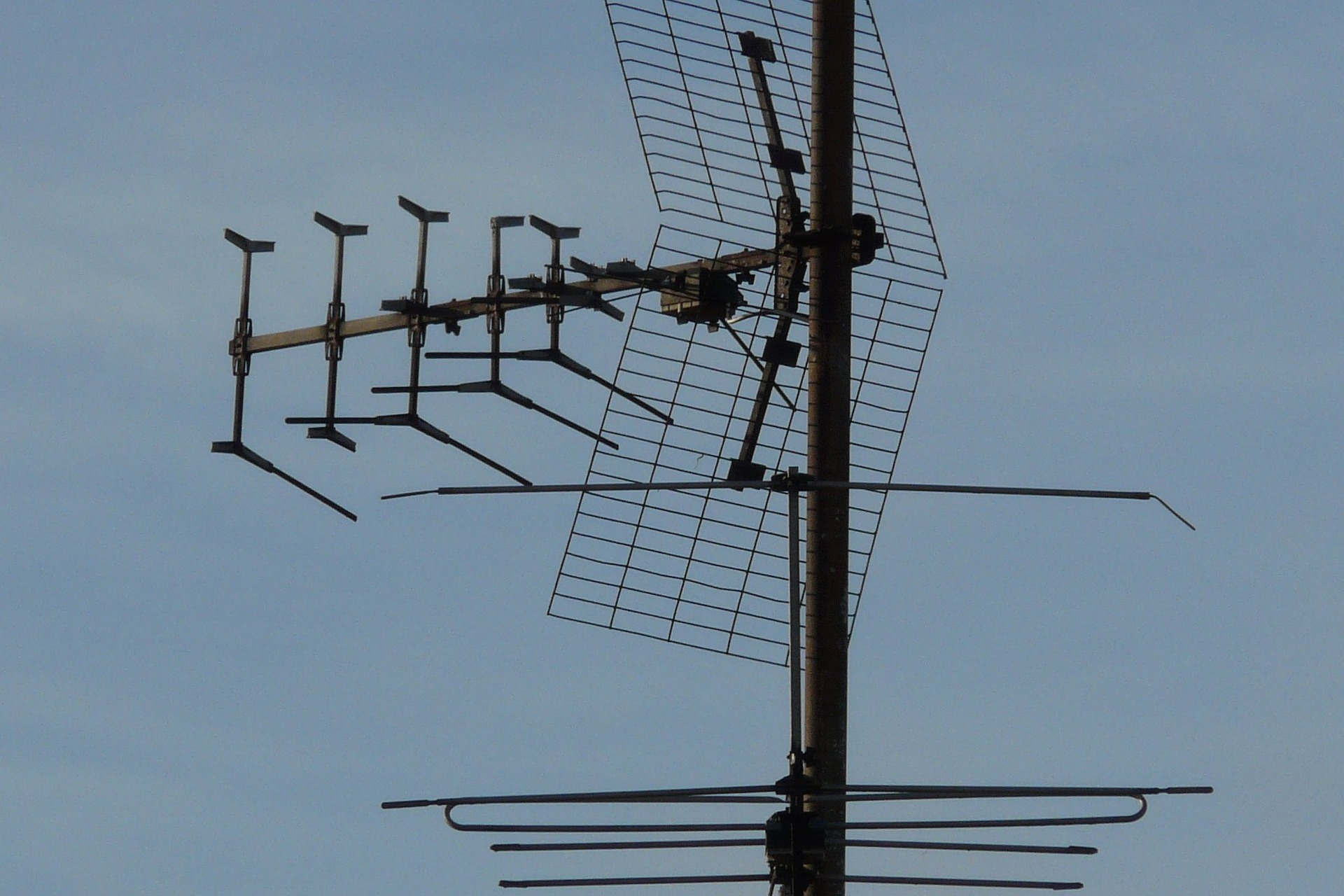
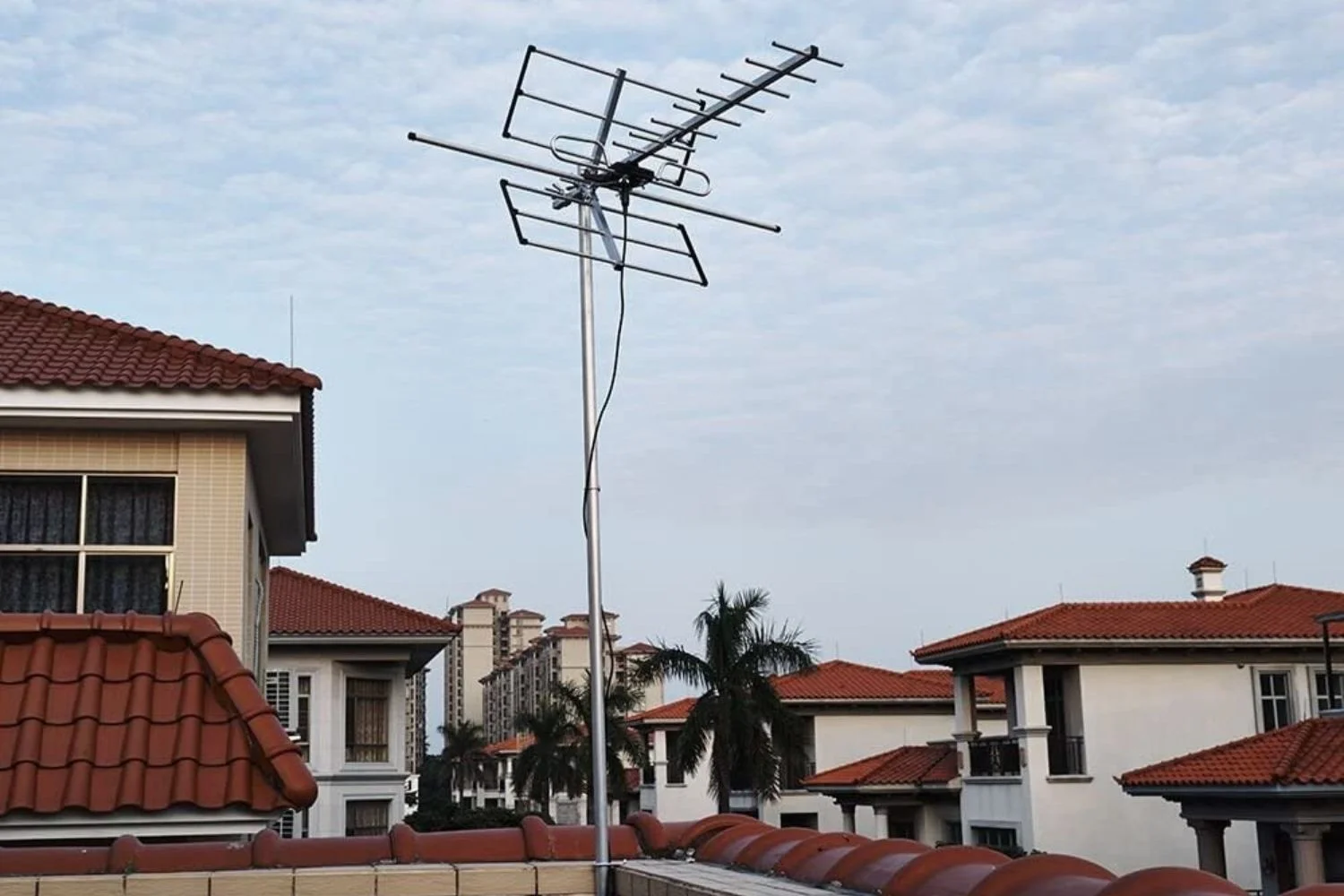
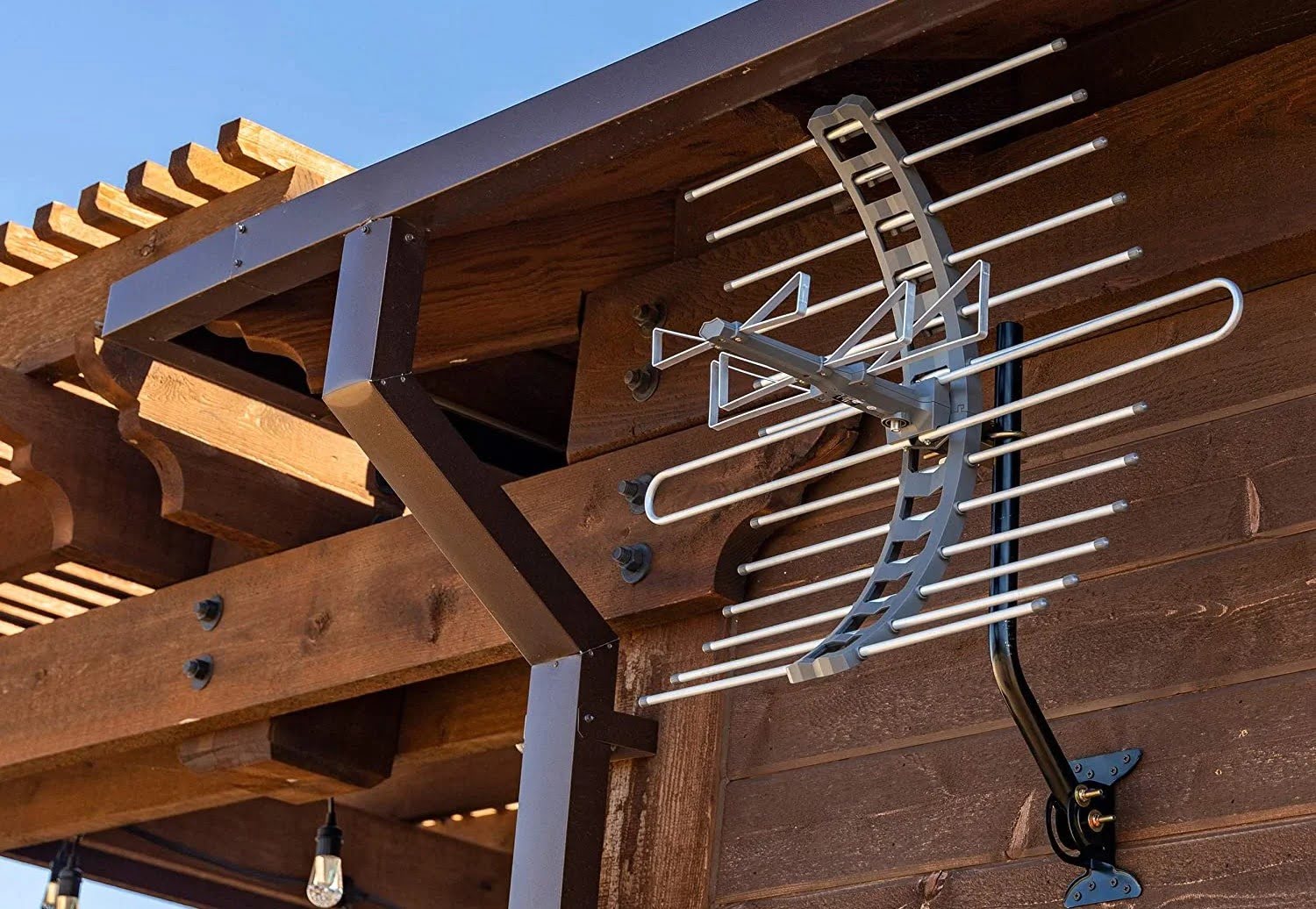
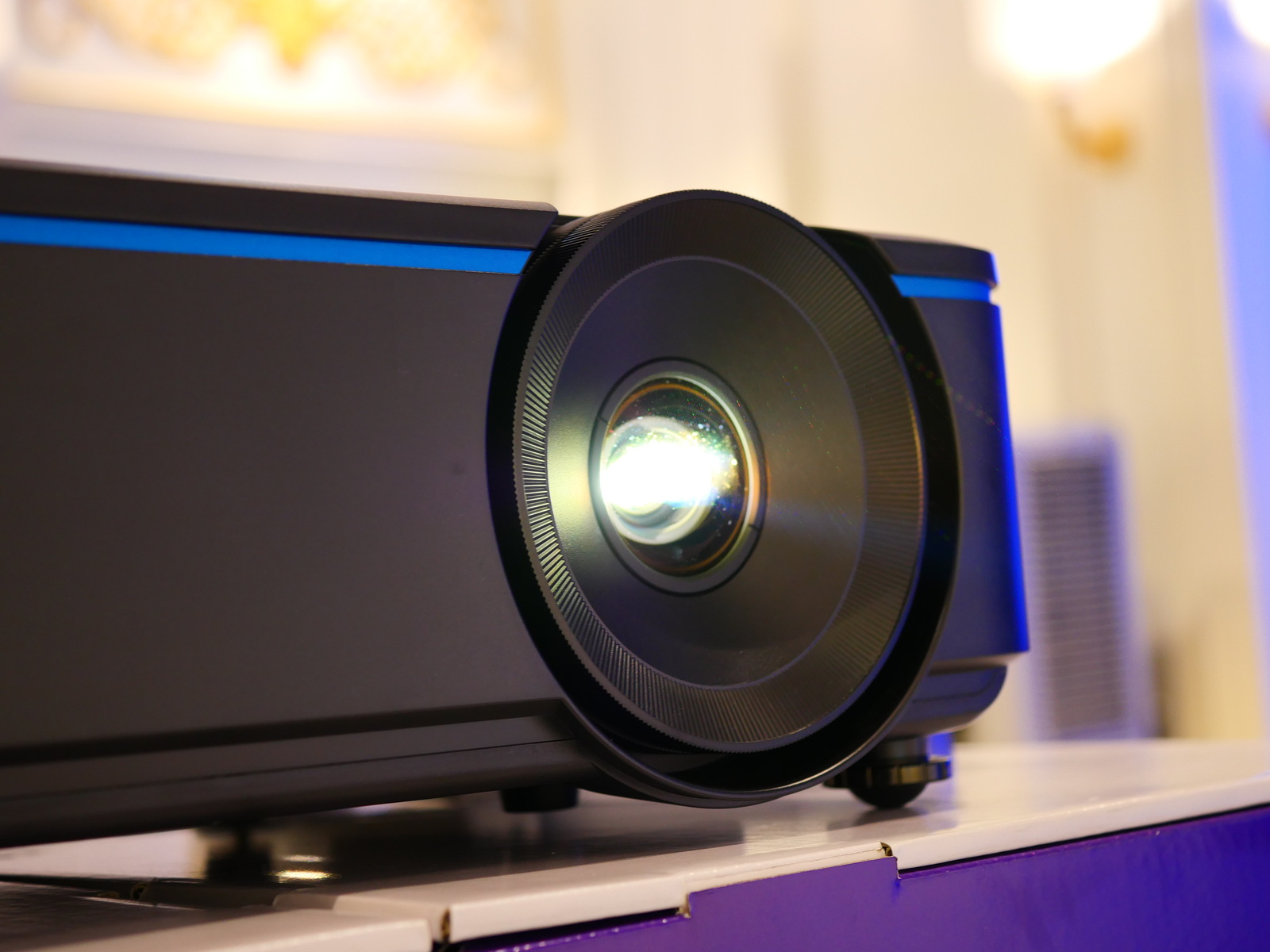
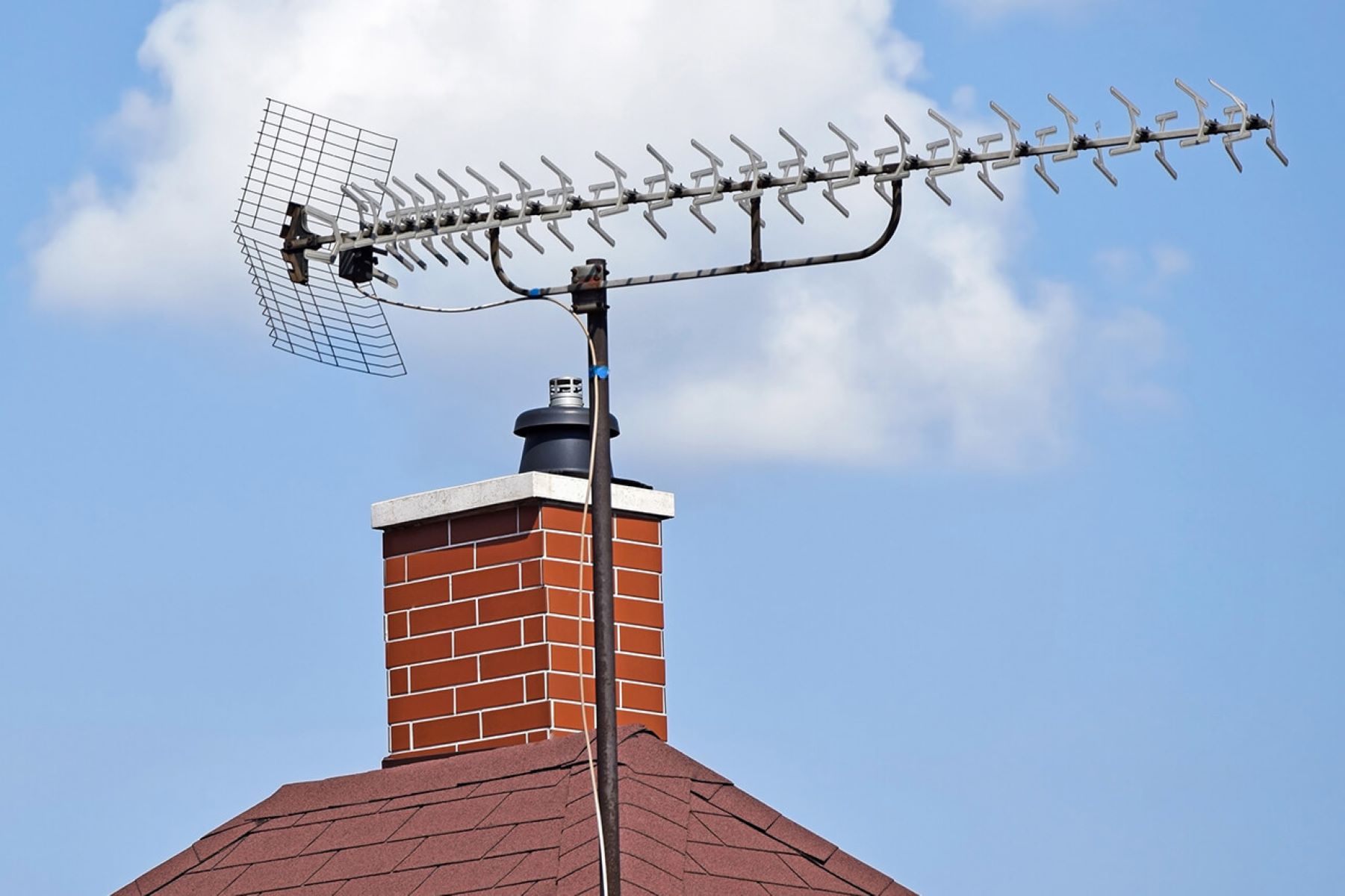

0 thoughts on “How To Point An Outdoor Antenna”